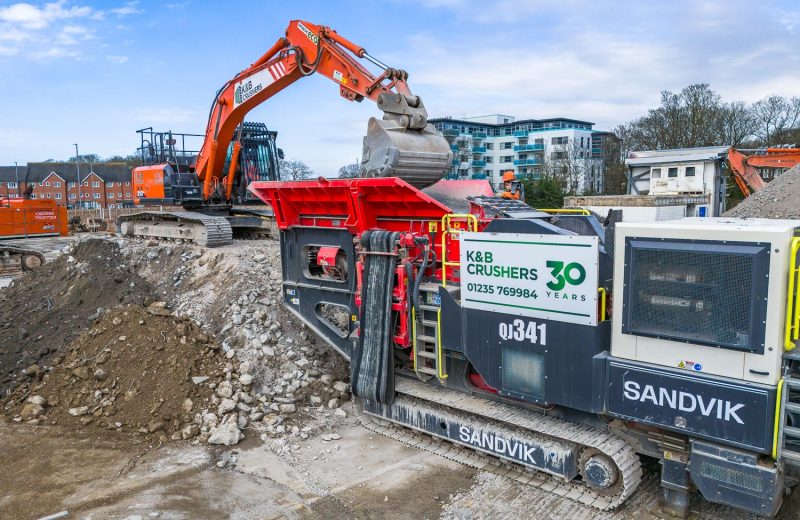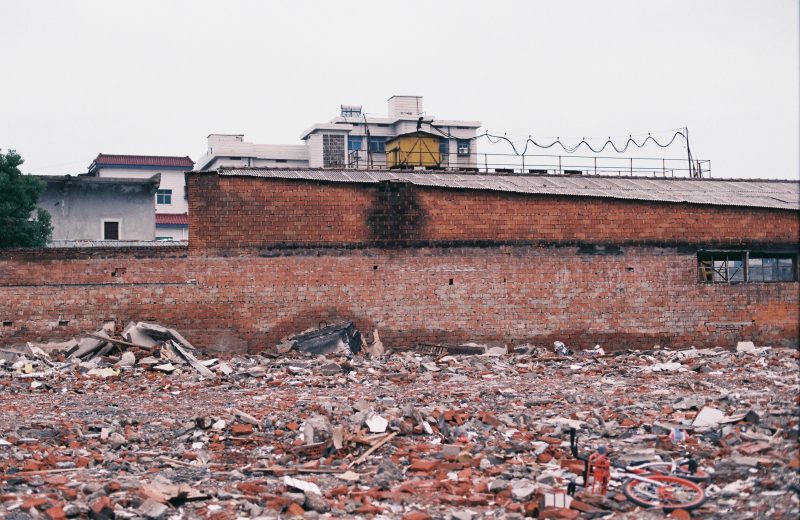Soil compaction in construction is essential to the construction industry. Structural foundations and pavement projects require soil compaction to create a durable, well-constructed structure that lasts.
The objectives of soil compaction
Soil compaction reduces the amount of air between soil particles and occurs when soil particles are pressed together. Compacted soil has a higher unit weight than non-compacted soil and compaction decreases the chance of projects resulting in early failure, costly repairs and maintenance. The crucial difference between using soil compaction and not is almost non-negotiable. It provides projects with a strong working platform where the foundation can perform to its best ability when other layers, such as concrete, are used on top.
The importance of soil compaction
The soil must be prepared before constructing anything from buildings, pavements, roads, highways and foundations. The soil compaction process removes any water and air to form a support structure. It is essential to pay close attention during the compaction process to prevent a weak foundation.
Following a process means the soil can hold more weight and its durability will increase – enhancing its ability to withstand damage in rough weather conditions. Compacting soil incorrectly can result in severe consequences, such as movement that can cause damage to the walls of the building. This could even cause the building to collapse. Roads or pavements without soil compaction can become cracked and lack stability.
The different types of soil compaction
The techniques used for soil compaction vary depending on the desired result. Pressure, impact, vibration and kneading are all techniques used in compacting. While static force relies on the machine weight to compress the soil, the vibratory process requires mechanically-driven force. When working with topsoil layers, kneading and pressure are static types of compaction that work well.
The different types of soil to work with
The different types of soil used will depend on what machinery you use. Soil options will vary depending on moisture content and density. The different types of soil include:
- Granular: Granular soil particles range in size. This type of soil works well for drainage. Vibratory compaction works well with this soil, and sand and gravel are considered granular soil types.
- Cohesive: Cohesive soil particles stick together, which requires higher impact compaction for better results. Clay is considered a cohesive soil.
- Cohesive and granular: A mix of both soil types will ensure compaction is most accurate.
Equipment required for soil compaction in construction
The right compaction machinery will help projects run smoothly and efficiently. The types of machines will differ, but soil compaction equipment mainly includes:
- Vibratory rollers
- Smooth wheel rollers
- Plate compactors
- Trench rollers
- Forward plate compactors
- Grid rollers
- Pneumatic tyred rollers
- Sheepsfoot compactors
- Tow behind compactors
At K&B Crushers, our extensive fleet of crushers and other heavy machinery means that we can provide a range of compacting services for numerous sites, regardless of the terrain. Get in touch with us today to find out more about how we can help.



